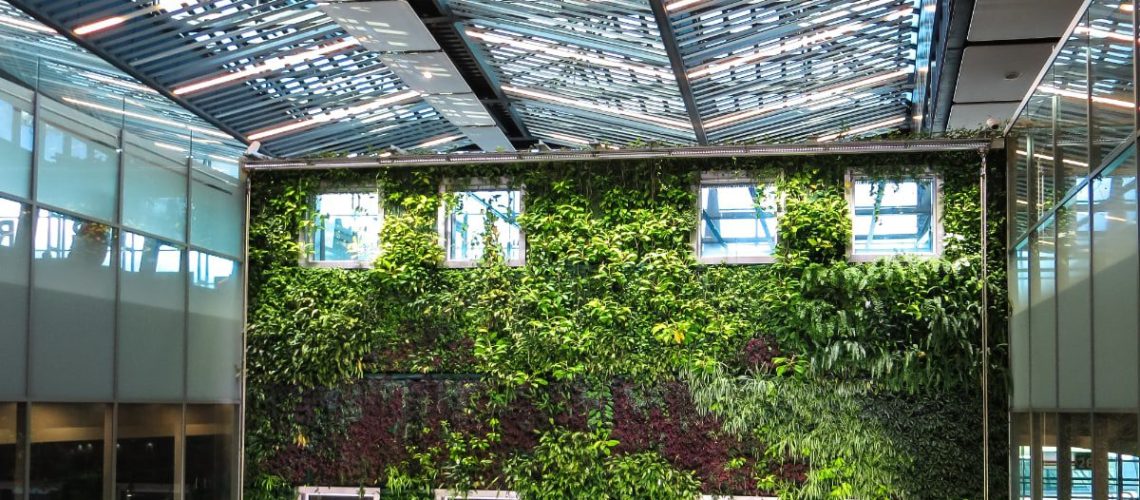When gardening in small spaces, real estate is valuable. That is why it’s great to use every surface available for planting, including the walls. By using vertical gardens you can keep floor space clear for seating or walkways.
Vertical gardens can be used for ornamental planting but, are also useful for growing productive plants in urban environments. They can offer thermal benefits by shielding walls from the sun, assist with acoustics by dampening noise and, when used indoors create living art in your home as well as purifying the air.
STYLES OF VERTICAL GARDENS
- Living/Green walls. These are self sufficient, in that the plants and soil are in a contained structure that is fixed to a wall. The plants are watered and receive nutrients from an external source, not from the ground.
- Green veneers. Often referred to as a climbers or trellises. These plants are rooted in the ground or a planter box and then grow up a wire or support that is fixed to the wall.
These two styles can also be combined to create great results in tricky situations
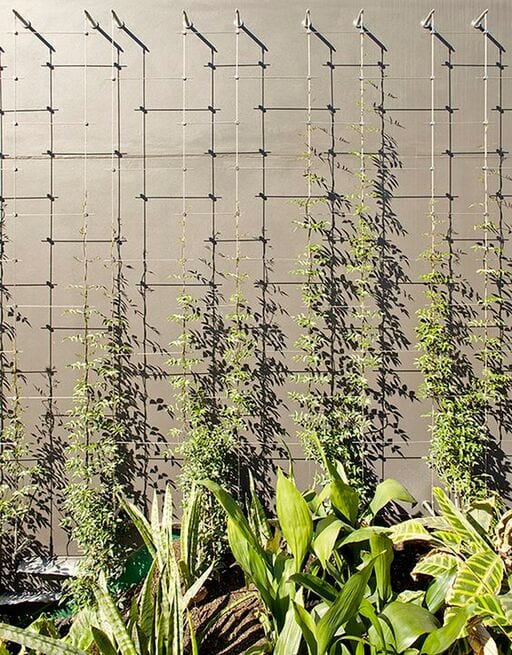
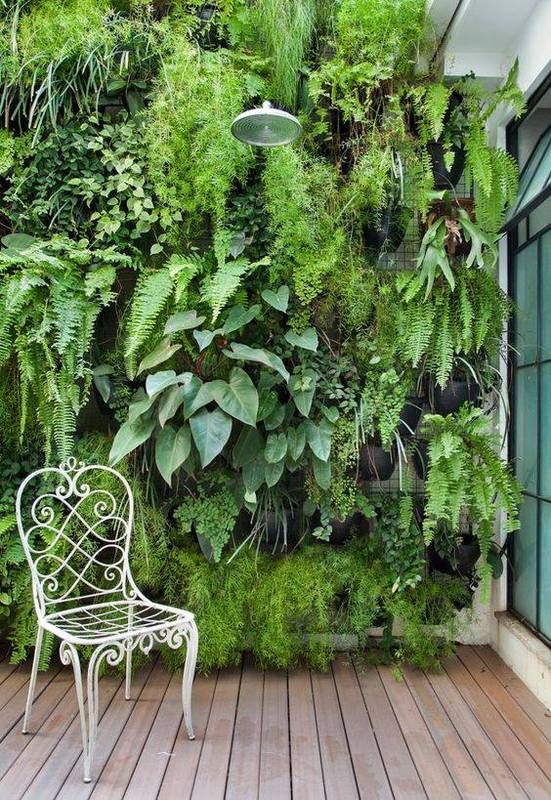

PRODUCTS
There are a many green wall products available, such as individual pots that are fixed directly to the wall or, complete kits where multiple small pots are hooked onto a backing board which is then fixed to your wall. The main advantage of using a kit with a backing board is that you limit the number of anchor points you need in your wall. There are also other products using sheets of thick felt with built in pockets where plant roots are placed with a minimal amount of growing medium, the roots then grow into the felt.
If you are looking for something a little more individual there’s also the option of using recycled materials like small pots and reinforcing mesh, timber pallets, pvc pipe or guttering, PET bottles, the options are endless.
Vertical gardens can also be combined with an aquaponics system, where water from a fish pond is circulated through the pots taking full advantage of the nutrient rich fish waste. This is a completely organic way of growing plants.
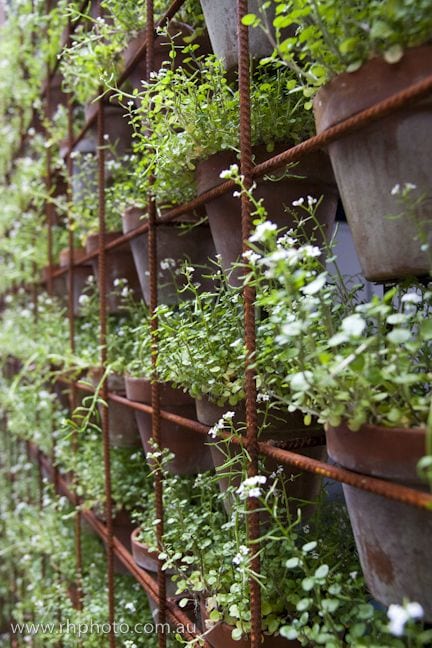

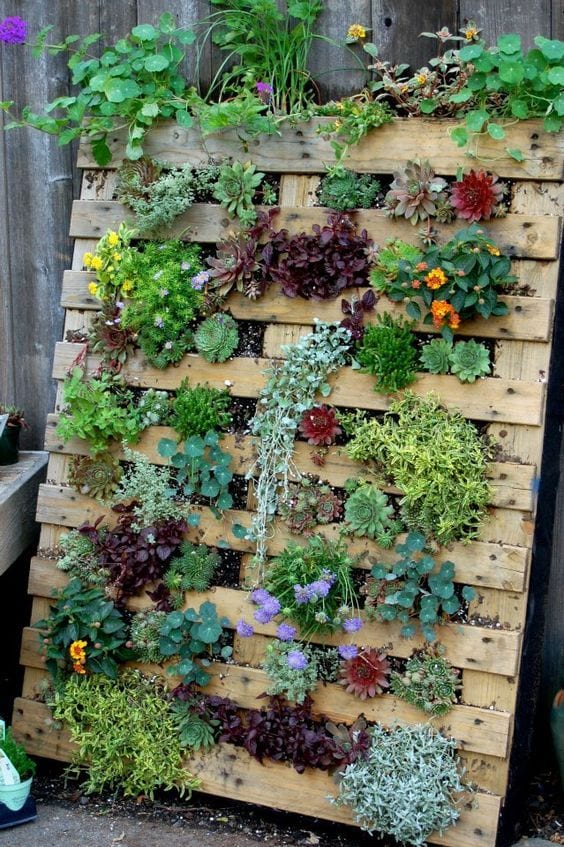

PLANTING DESIGN
When designing the planting in your vertical gardens you can create interesting effects by mass planting using contrasting coloured foliage in different patterns, diagonal waves work well. Or, more subtly combining a variety of leaf shapes, for example a thin strappy leaf with large open leaves. Succulents also do well in vertical gardens because of their hardy nature and they are available in a variety of sizes, shapes and colours.
Consider the location of your vertical garden. Get an idea of the amount of sunlight it will receive each day and choose plants accordingly. Because of their elevated position outdoor vertical gardens can be subjected to high winds. If this is the case, choose hardier plants that are suited to coastal locations as they are built tough.
WATERING
The key to a successful vertical garden is water. Because pot sizes are generally quite small they can dry out quickly. The best solution for this is to install a simple automated irrigation system that will keep your plants hydrated. Pots are often fitted with a small reservoir in the base that can hold some additional water that the plant roots can draw on during a scorching day and an overflow point so plant roots aren’t left siting in soggy soil for long periods of time. Like pot plants, vertical gardens will need regular applications of liquid fertiliser to keep them thriving.
If you are in interested in creating a Vertical Garden but don’t have the time or need some help with ideas and construction, contact Ali at The Urban Garden Co or learn more about our garden design services.

